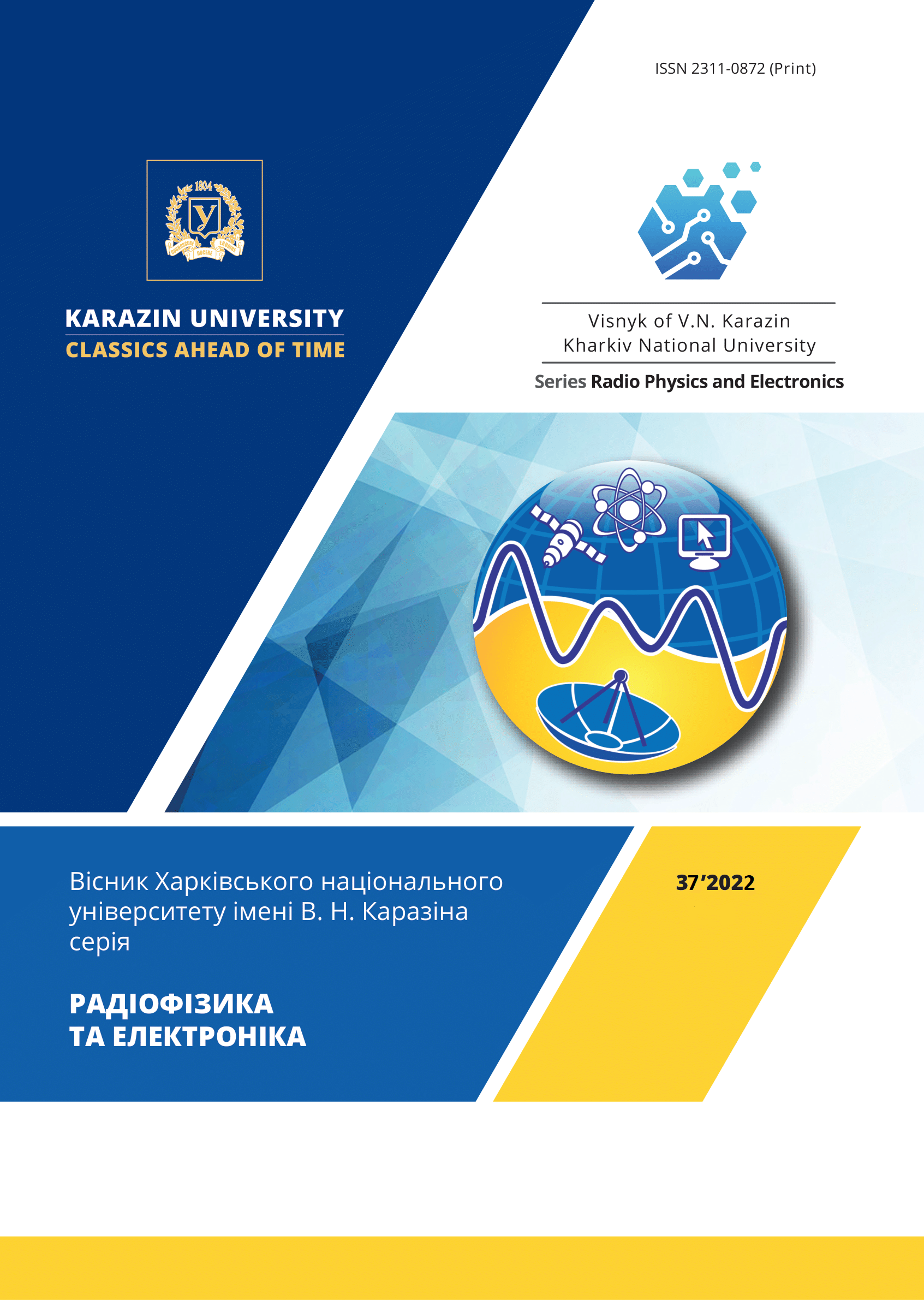Digital holographic interference microscopy: physical method and algorithms of information processing
Abstract
Relevance. Interferometric methods for 3D visualization of micro-objects are highly non-invasive and non-contact. They can be used to obtain real-time information in the study of living and rapidly changing micro-objects. Interferometric methods in combination with holographic microscopy methods can compete with such advanced non-optical methods as electron and atomic force microscopy. Therefore, the theoretical and scientific-practical development of the methods of digital holographic interference microscopy is an important and urgent task.
The purpose of the work is to select the optimal method for three-dimensional visualization of phase micro-objects and to create on its basis a laboratory model of a digital holographic interference microscope (DHIM), as well as to conduct experiments in order to study in practice the technical capabilities of the developed device.
Materials and methods. To create the DHIM, the method of interference in fringes of finite width was used, as well as the methods and principles of optical holography.
Results. The choice of the interference method in fringes of finite width for 3D visualization of phase micro-objects is theoretically substantiated. A diagram of the optical part of the DHIM is presented. A description of the algorithm for processing the information obtained with its help for restoring a three-dimensional image of phase micro-objects is given. A theoretical calculation of the resolution of the DHIM has been carried out. Using the example of studying thin transparent films, the effectiveness of using DHIM in studying three-dimensional morphology and measuring the thickness of phase micro-objects with an accuracy of up to 10 nm is shown.
Conclusion. A theoretical substantiation and experimental confirmation of the effectiveness of using the DHIM in restoring three-dimensional images of phase micro-objects, measuring their phase profiles, optical thicknesses and geometric parameters with a high degree of accuracy in real time is presented. In this case, the surface relief of the micro-object in the direction of the optical axis of the DHIM is restored with super resolution, which makes it possible to visualize details whose size is much smaller than the wavelength of the laser radiation used in this device. Such characteristics will make it possible to widely use DHIM in various branches of science and technology
Downloads
References
2. Mondal PP, Diaspro A. Fundamentals of fluorescence microscopy: exploring life with light. Dortrecht: Springer; 2014. 218 p.
3. Swift LH, Colarusso P. Fluorescence microscopy: A field guide for biologists. In: Heit B, editor. Fluorescent microscopy. New York: Humana; 2022. p. 3-39.
4. Tishko TV, Tishko DN, Titar VP. Imaging of phase microscopic objects by digital holographic method. In: Duke EH, Aguirre SR, editors. 3D Imaging: theory, technology and application. New York: Nova Science Publishers; 2010. p. 51-92. https://doi.org/10.1142/7512
5. Tishko TV, Tishko DN, Titar VP. Combining the polarization-contrast and interference-contrast method for three-dimensional visualization of anisotropic microobjects. J. Opt. Technol. 2012 June; 79 (6): 340-4. https://doi.org/10.1364/JOT.79.000340
6. Tytar VP, Shpachenko OV, inventor; V.N.Karazin Kharkiv National University, assignee. Digital holographic interference microscope. Ukrainian patent № 132533. 2019 Feb 25. ((In Ukrainian)
7. Groot P. Principles of interference microscopy for the measurement of surface topography. Adv. Opt. Photon. 2015 Mar 31;7(1):1-65. https://doi.org/10.1364/AOP.7.000001
8. Oppenheim AV, Schafer RW. Discrete-time signal processing. 3d ed. Edinburgh: Pearson Education Ltd.; 2013. 1056 p.
9. Gubarevich IK. The method of automatic processing of experimental data of interferograms. Proceedings of the XIIIth International Conference “Quantum Electronics” 2021 Nov 22-26; Minsk. Minsk: BGU; 2021. p. 294-296. (In Russian)
10. Weinert H.L. Fast compact algorithm and software for spline smoothing. New York-London: Springer; 2013. 45 p.
11. Jekabsons G. ARESLab: Adaptive Regression Splines toolbox for Matlab/Octave. User’s manual; 2016 [update 2016 May; cited 2022 Nov 8]. Available from: http://www.cs.rtu.lv/jekabsons/Files/ARESLab.pdf
12. Zinth W, Aumuller U. Optics: light rays – waves – photons. 4th ed. Munich: Walter de Gruyter; 2013. 351 p. (In German)




